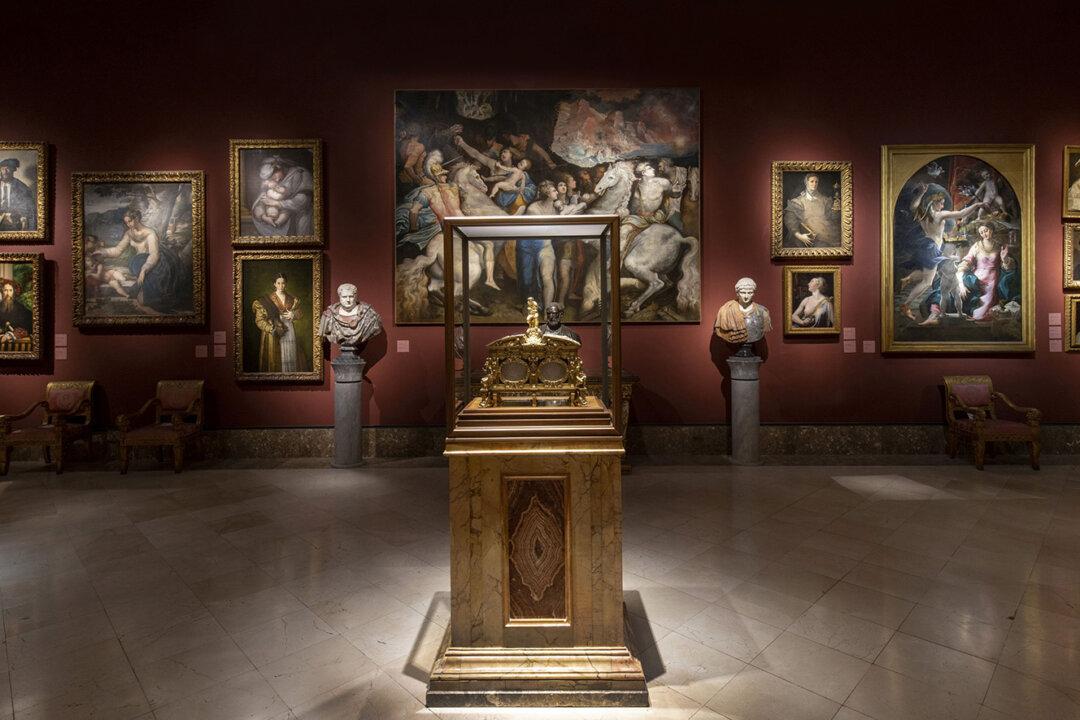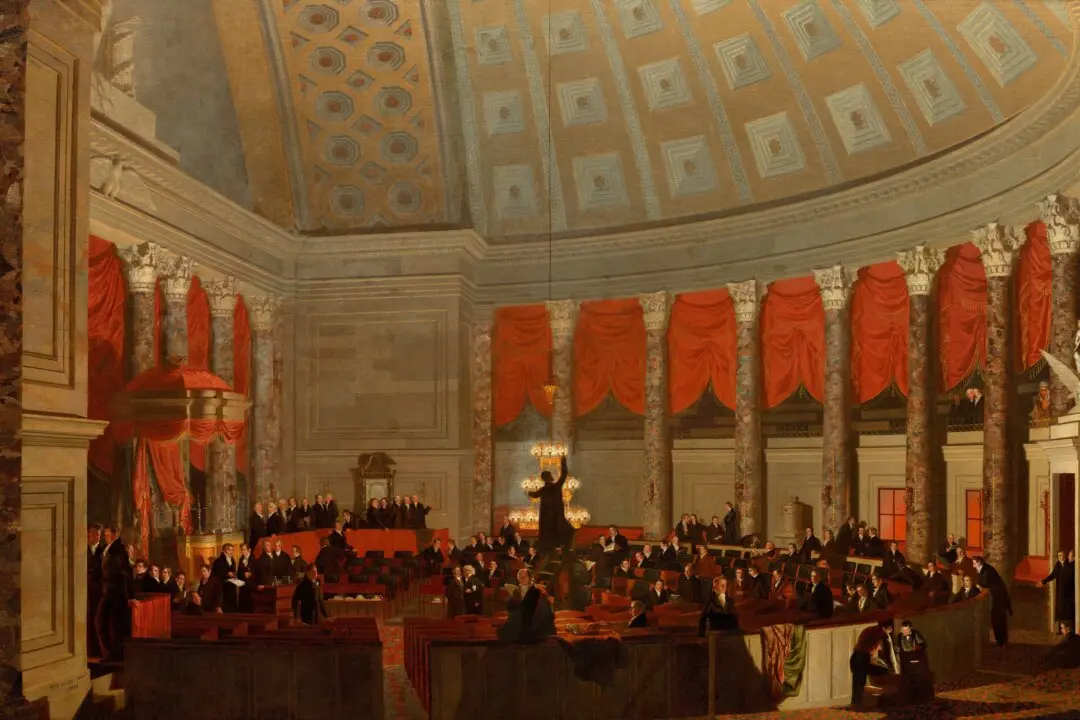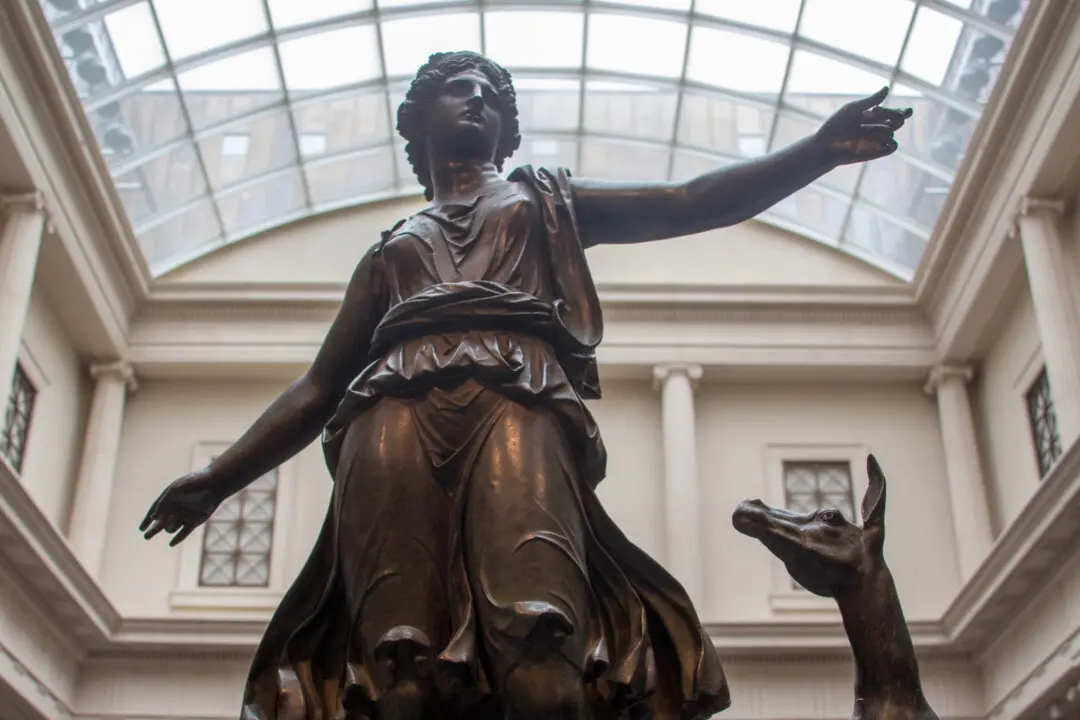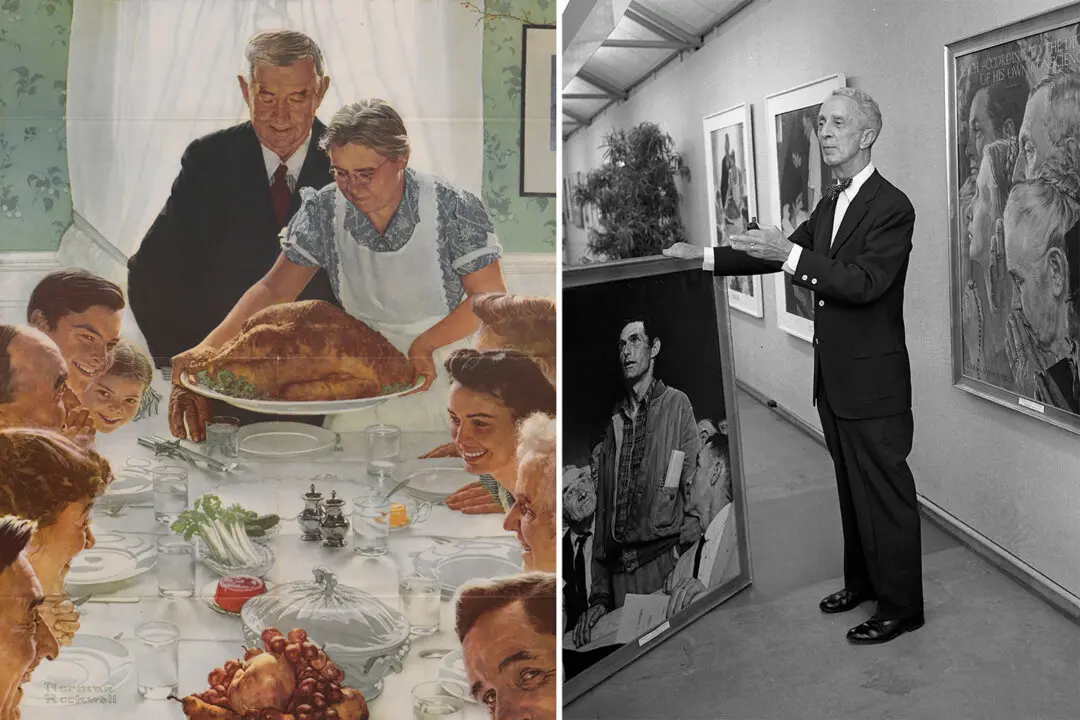The world’s most visited museum, the Louvre, is currently presenting the long-term exhibit “Naples in Paris: The Louvre hosts the Museo di Capodimonte” through Jan. 8, 2024. This show features a loan of over 60 artworks from the Neapolitan Museo di Capodimonte, one of Italy’s largest and most significant museums.
This Italian museum has a world-class collection of paintings, drawings, sculptures, and objects d’art that are all housed in a former royal palace on a hill overlooking Naples. Its reconstitution from monarchical home to public museum parallels that of the Louvre, also once a royal residence.





